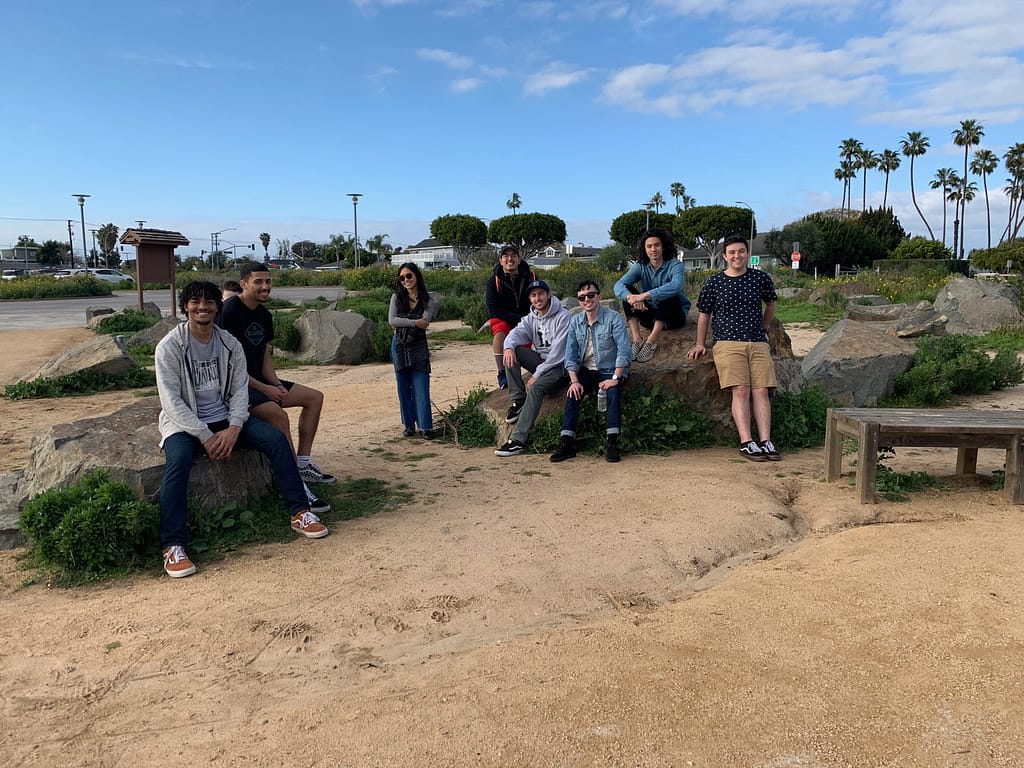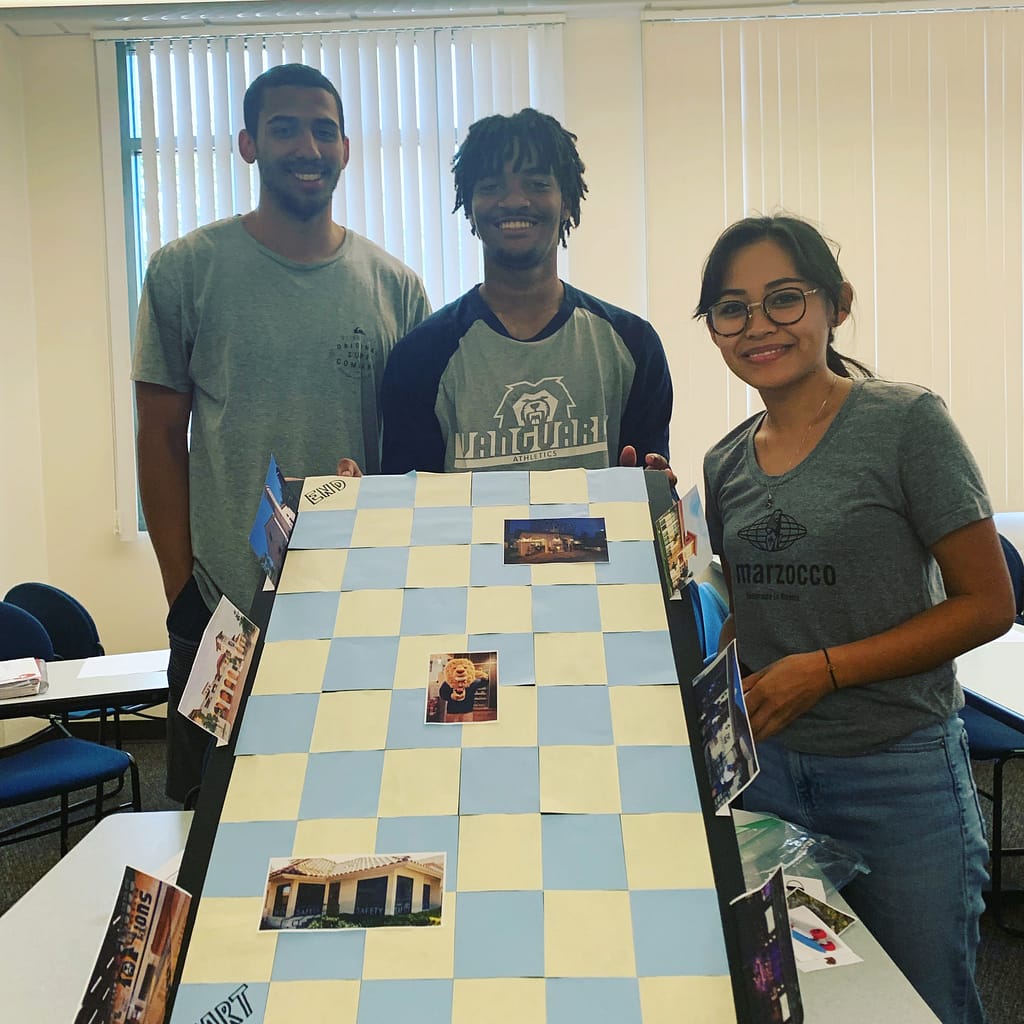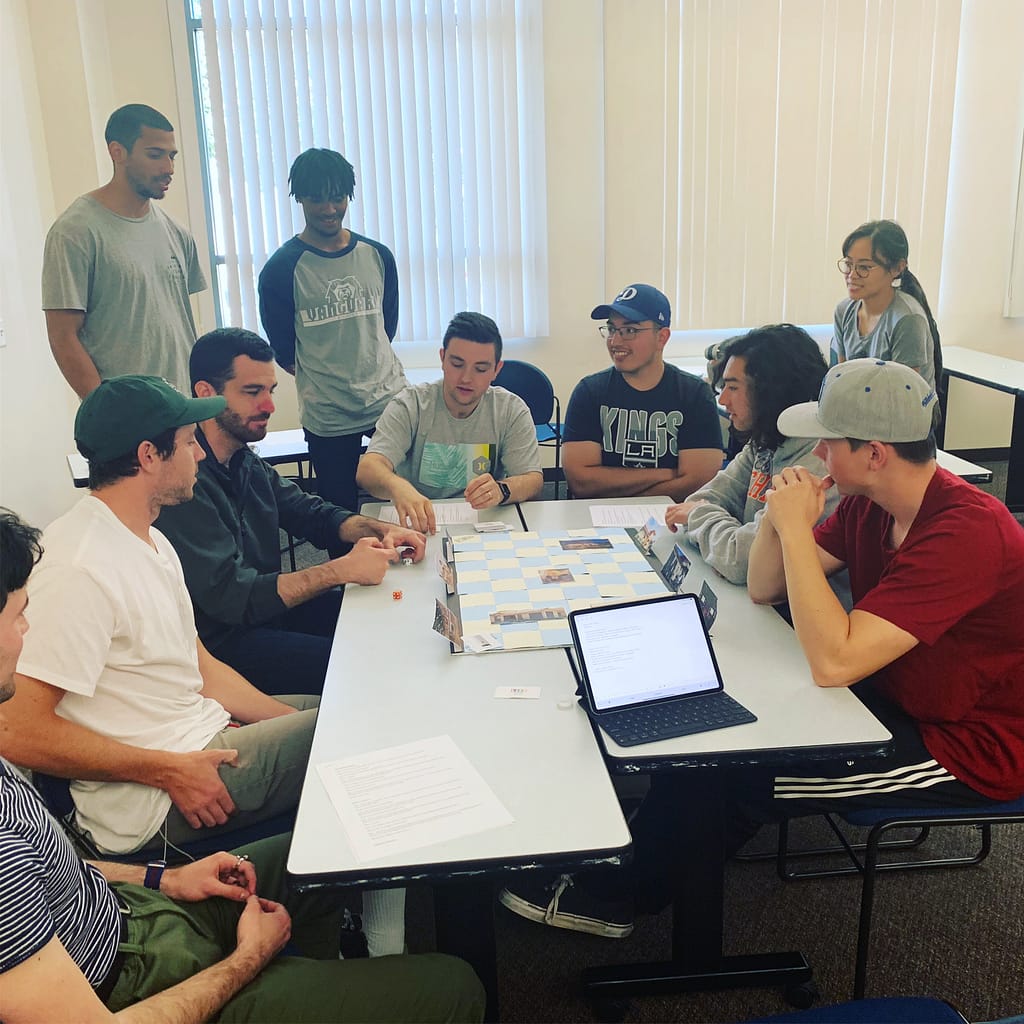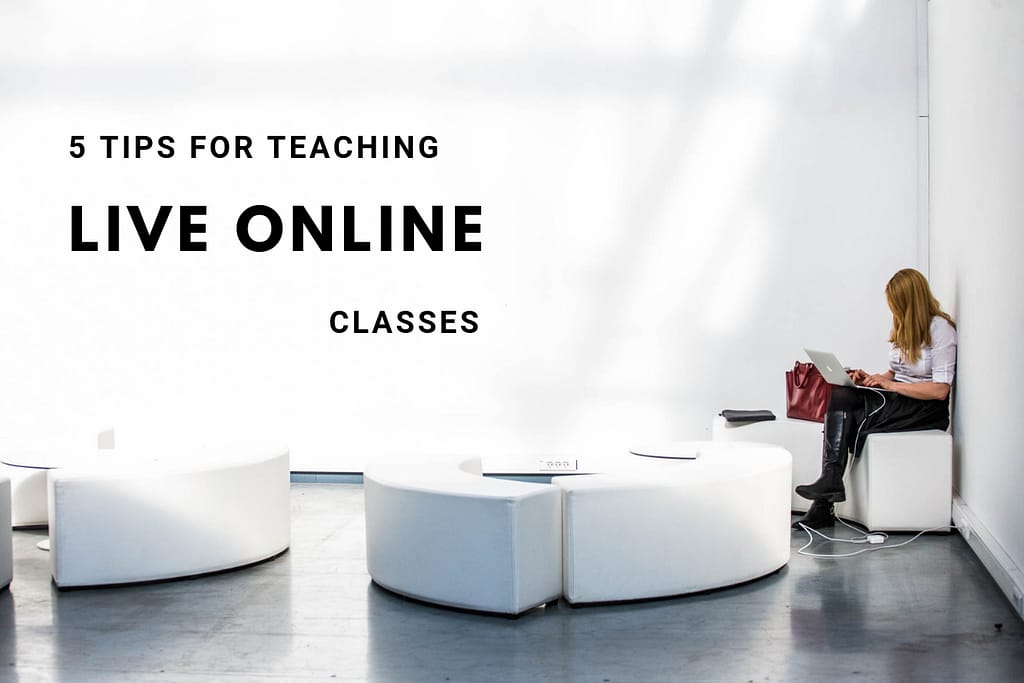
This article is part of the guide Toward Better Teaching: Office Hours With Bonni Stachowiak and was originally posted on EdSurge. The following is the latest installment of the Toward Better Teaching advice column. You can pose a question for a future column here.
Dear Bonni,
“Any suggestions for ‘mixing it up’ in asynchronous online courses?”
—An online educator
It is a paradox. In our teaching, we want to be consistent enough so students can easily navigate our courses and not be confused about where to find things. On the other hand, we want to surprise students and ignite their curiosity.
One way to approach a desire to change things up in our teaching is through creating what are called ‘times for telling.’ I was first introduced to this idea from Derek Bruff, director of the Center for Teaching at Vanderbilt University and author of the forthcoming book, Intentional Tech: Principles to Guide the Use of Educational Technology in College Teaching. On Episode 71 of the Teaching in Higher Ed podcast, he stressed the importance of getting the students curious about something before expecting them to digest what might be perceived as the less-interesting parts of the explanation. As Bruff said: “Students first need to encounter a problem, or a challenge, or something mysterious… and then that provides them with the motivation to hear the 15-minute explanation.”
Bruff took his inspiration from a 1998 article by Schwartz and Bransford called “A time for telling’. When teaching online classes, it is all the more vital that we set the stage up front for why what we are about to share is relevant and interesting. Starting with questions instead of answers is one way to do that. The goal is to evoke emotions and get learners thinking. How did that happen? How does it align with or contradict my existing perceptions? Did I just see what I think I just saw?
Unexpected Videos
When curating videos for students to watch, or when creating your own, the goal is to find ones that are unexpected. All too often, when we watch videos designed for online classes, we anticipate that we will see what we usually see. There will be a slide deck, with around five bullets per slide and someone talking over them. We may or may not see a face to accompany the voice. Either way, the person will be taking the content and themselves very seriously and will maintain a methodical cadence throughout.
Another option for videos is to change things up and have your students create them. Smartphones offer a whole universe of possibilities for video creation. One option is to use a service called FlipGrid. Pose a question on FlipGrid and then invite students to participate in the discussion by filming a brief video of themselves with their phone or webcam. This makes it possible to have class discussions where each participant sends in their comments whenever they have time, but where everyone can see and hear each other.
Changing Up Note-Taking
Instead of leaving students to take notes individually, you can invite them to participate in some group annotating. Hypothesis is the service that I use, both for my personal note-taking, and for having students collaborate by highlighting passages of a text and note-taking together. Hypothesis essentially creates another layer on top of any web page being viewed in a browser. Most of the time, Hypothesis is tucked away as an extension (a button) on my internet browser. When I am ready to take some notes for my own records, or to engage with others in annotating, I press the button and use a set of tools off on the right-hand side of my browser to make comments.
Most of the time, I use Hypothesis for straight text notes when I want to share my ideas about a site with another person. However, you can include other rich media—including videos, pictures and links—that really brings the conversation to life beyond what words may be able to do in a given context.
Next Steps
To recap, here are three ways to mix things up in online classes:
- Start with times for telling and ignite the curiosity of your students (give them the why), prior to providing them with longer explanations (the how).
- Use FlipGrid or other video services to invite students to become content creators, instead of mere consumers of content.
- Try Hypothesis or other social annotation tools so that students can discuss class reading material in community, instead of the usual way of each student making notes that only they can see.
The goal is to offer a sense of the unexpected in our teaching, while still maintaining consistency around how the class is set up and what is expected from the students.
One fun example I will leave you with comes from Alan Levine (aka CogDog), an independent educational technologist. Levine teaches a course called networked narratives (#netnarr). He establishes what he calls spines, or the skeletal framework of the course. Each week largely follows a similar structure. Levine sends out a blog post each week, to let the students know what is coming. They are also warned that blogging will be a big part of them engaging in the class.
However, every week has a series of surprises. It might be an unexpected guest who joins in one of the virtual studio tours he leads. Or it might be a special project, such as creating a gif or sharing their work in a digital art exhibit. My favorite element of surprise on the networked narratives website is the hamburger menu (three horizontal lines stacked on top of each other in the upper right-hand corner) with the label: “do not click.” The curious learner will be met by a number of surprises, if they push past any rule-following tendencies and see the trail of fun left behind by Levine. He offers further reading, links to non-essential resources and even a joke for people who listened to him on an episode of Teaching in Higher Ed, when I complimented him on this serendipitous opportunity to explore.
I am appreciative of the example that Levine provides to us of how to really mix things up in our online teaching.






